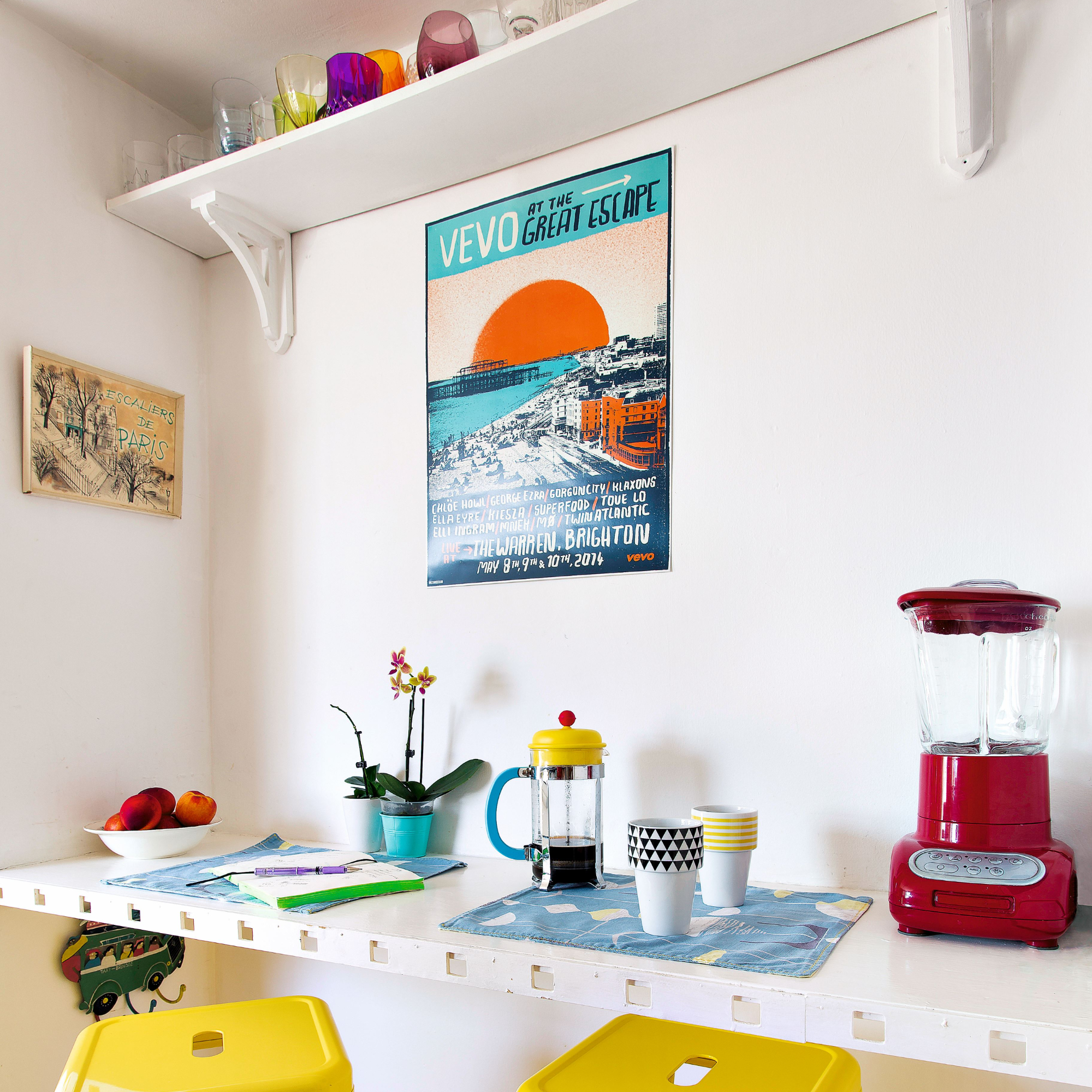
Presenter, home decor enthusiast, and recent Strictly contestant, Angela Scanlon, has once again taken to Instagram to share her favourite Christmas cacao recipe for the festive season.
While the best blender is a must-have in any kitchen, Angela has gone as far as pouring hot water straight into hers to create the fan-favourite winter beverage concoction. This, therefore, got us thinking – can you put hot water in a blender? Because the Your Home Made Perfect host certainly does!
So we asked the experts for their advice on the age-old question, to ensure we can stay safe when making Angela's favourite cacao recipe, all season long.
Angela Scanlon's Christmas cacao recipe
Angela took to Instagram just earlier this week to post yet another version of her favourite cacao recipe. She's previously shared her 'heart-opening' recipe in November, where we gushed over her dopamine decor mug, but this time Angela is coming in hot with a Christmas edition of her sworn-by recipe.
Typically, a lot of people tend to make hot cacao in a pan, but Angela prides herself in her no-fuss method of simply popping everything in her trustworthy Sage blender, 'blitzing', and calling it a day.
You know we love an easy, no-faff hack to streamline our kitchen experience further, especially if it makes for the most luxurious cacao recipe. However, we can't help but question how on earth Angela has managed to pull off putting hot water straight from her best kettle into her blender – and some fans agree!
One fan writes, 'OK so what blender are you using that allows you to use hot water? Most would explode 😂'.
So, if you're just as curious as us about whether or not you should put hot water in a blender, we've grilled the experts on the matter.
Can you put hot water in a blender?
In short, no. You should really avoid it where possible unless your blender specifies that it is designed to handle hot liquids.
'We always advise that people don't pour hot or boiling water directly into their blenders,' begins Thea Whyte, small appliances expert at AO.com. 'This is because hot liquids can cause pressure to build up inside the blender jar, which can potentially damage the blades and the jar itself.'
Dennis Digwa, appliance expert at RGB Direct explains further, 'The containers used in blenders are usually made of glass or plastic, and exposure to high temperatures can break or distort them. Furthermore, adding hot liquids to a sealed blender may cause pressure to build up, which could be dangerous.'
Therefore, Charles Cadman, buyer at Salter concludes, 'If you are looking for a way to quickly puree and blend your boiling cooking ingredients, you should not do so in a traditional blender due to these potential kitchen hazards.'

What to do instead
'It's generally a good practice to allow hot liquids to cool down to room temperature before blending them,' advises Charles.
'For blending hot ingredients, we would recommend you use an immersion-style stick blender,' like the models in our selection of best hand blenders, such as our top-rated Braun MultiQuick 9 Hand Blender, at Amazon.
However, some blenders on the market are designed to handle hot liquids. RGB Direct's Dennis explains that your blender's product specifications will indicate this and that you should always refer to the manufacturer's guidelines for your specific blender model.
You can typically tell whether a blender can be used with hot liquids if it has heat-resistant components, such as a glass container.
Rest assured that you won't need to spend an arm and a leg to secure one, as even some of the best cheap blenders on the market can cater towards hot blending.
The thermal shock-resistant glass jug lets you go from blending hot ingredients (up to 80C) to crushing ice without worry.
As a last resort, Dennis says, 'If you need to blend warm or hot liquids, ensure that there is a way for steam to escape. For example, you might remove the blender lid's centre cap and cover the opening with a towel to allow steam to vent.'
However, if it can be helped, we would recommend you try to avoid this altogether and always practice safety in your kitchen first and foremost.
Dennis concludes, 'Always prioritise safety and follow the manufacturer's guidelines for your specific blender model. If you are unsure whether your blender can handle hot liquids, it's best to contact the manufacturer directly for guidance.'







